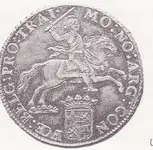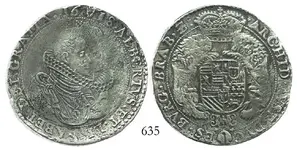cornelis 816 said:
Alexandre . The VOC ship Schoonhoven built in Amsterdam in 1619 . Displacement 400 ton . On her third voyage to the Indies she was wrecked on the coast of Portugal on January 22nd 1626 . 198 men were captured and moved to Lissabon . Cornelius
Almost there, Cornelius...
The Dutch East India Company (Verenigde Oost Indische Compagnie or VOC)
jacht "Schoonhoven" was indeed built in Amsterdam in 1619.
With captain Simon Jansz, she made her first voyage to Asia, departing Texel on the 27th, December, 1620, and arriving at Negapatnam on the 14t, December, 1621. She then left Batavia in the 30th, March, 1632 and arrived at Texel on December the same year.
On our second voyage, she went under captain Dirk Eversz, departing Texel on the 20th, January, 1623, arriving at Surat on the 2nd October, same year. From Coromandel, she then returned to Europe on the 24th of August 1624, arriving on May, the 29th, 1625.
For her third voyage, she departed Texel, on the 20th, December, 1625, under the command of Kornelis Hartman. But, this time, she never made it to Asia: on the 23rd of January, 1626, she was lost off Grandola, Portugal.
Of her complement of 200, 174 were drowned. The 26 survivors were made prisioners by Agostinho Dias, the foreman of a party of lumbers to the Royal shipyards.
16 cannons, 11 anchors and 3 chests containing 30.000 silver coins were lost in the process.






